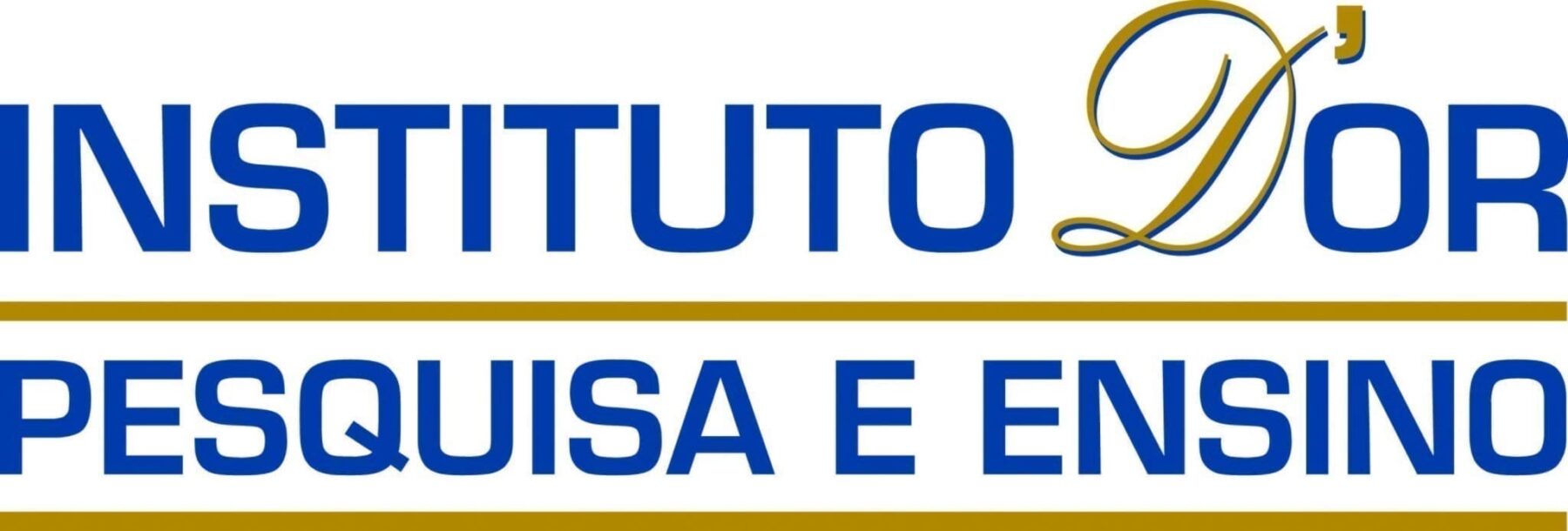
Helmholtz-Zentrum Berlin für Materialien und Energie (Helmholtz Center for Materials and Energy, HZB) is part of the Helmholtz Association of German Research Centres
The Latest Bing News on:
Helmholtz Zentrum Berlin (HZB) Research
- Gefriergussverfahren – Eine Anleitung für komplex strukturierte Materialien
Gefriergussverfahren sind ein kostengünstiger Weg, um hochporöse Materialien mit hierarchischer Architektur, gerichteter Porosität und multifunktionalen inneren Oberflächen herzustellen. Gefriergegoss ...
- ITM, Helmholtz Munich and University Hospital Münster Announce First Patient Dosed in Phase I Investigator-Initiated Glioblastoma Trial
ITM-31 is a carbonic anhydrase (CA) XII-specific antibody Fab fragment developed by Helmholtz Munich and coupled with ITM's medical radioisotope, non-carrier-added Lutetium-177 (n.c.a. 177 Lu, ...
- Lithium battery life is expected to double! European team designs new pulse power supply protocol
Lithium-ion batteries are used in various fields, from electric cars to portable electronic products, but the maximum capacity of these batteries decreases over time.
- Germany: Indian envoy visits Helmholtz Centre for Environmental Research, German Biomass Research Centre
In a post on X, the Embassy of India in Berlin stated, "#AmbHarishParvathaneni visited @UFZ_de Leipzig - Helmholtz Centre for Environmental Research and @DBFZ_de - German Biomass Research Centre and ...
- A simpler way to inorganic perovskite solar cells
(Image: HZB) Metal halide perovskites have optoelectronic properties that are ideally suited for photovoltaics and optoelectronics. When they were discovered in 2009, halide perovskites in solar cells ...
The Latest Bing News on:
Helmholtz Zentrum Berlin (HZB) Discovery
- Freeze casting: A guide to creating hierarchically structured materials
Ulrike Wegst (Northeastern University, Boston, MA, USA and TU Berlin). "Together with tomoscopy experts Dr. Francisco García-Moreno und Dr. Paul Kamm (both HZB and TU Berlin), Dr Kaiyang Yin (now ...
- Spin-Texturen bei Raumtemperatur
Eine internationale Kollaboration unter der Leitung von Sergio Valencia vom Helmholtz-Zentrum Berlin (HZB) hat nun einen neuen Ansatz untersucht, mit dem sich komplexe Spin-Texturen in einer Vielzahl ...
- KIER accelerates international cooperation on 'clean energy' with Europe's largest research institute
Helmholtz-Zentrum Berlin für Materialien und Energie (HZB): A leading research institution in Berlin, Germany, specializing in material science and energy technology. It focuses particularly on ...
- Wie gepulstes Laden die Lebensdauer von Batterien verlängert
Aber ist das wirklich die beste Methode? Eine neue Studie aus der Arbeitsgruppe von Prof. Dr. Philipp Adelhelm am Helmholtz Zentrum Berlin (HZB) und der Humboldt-Universität zu Berlin beantwortet ...
- BESSY II: How pulsed charging enhances the service time of batteries
The study was led by Philipp Adelhelm (HZB and Humboldt University) in collaboration with teams from the Technical University of Berlin and Aalborg University in Denmark. Experiments at the X-ray ...










